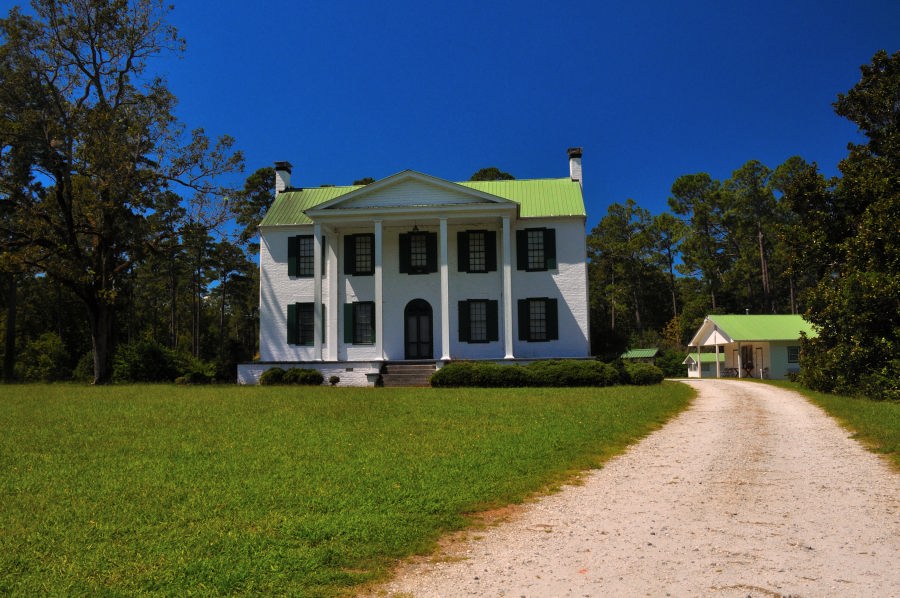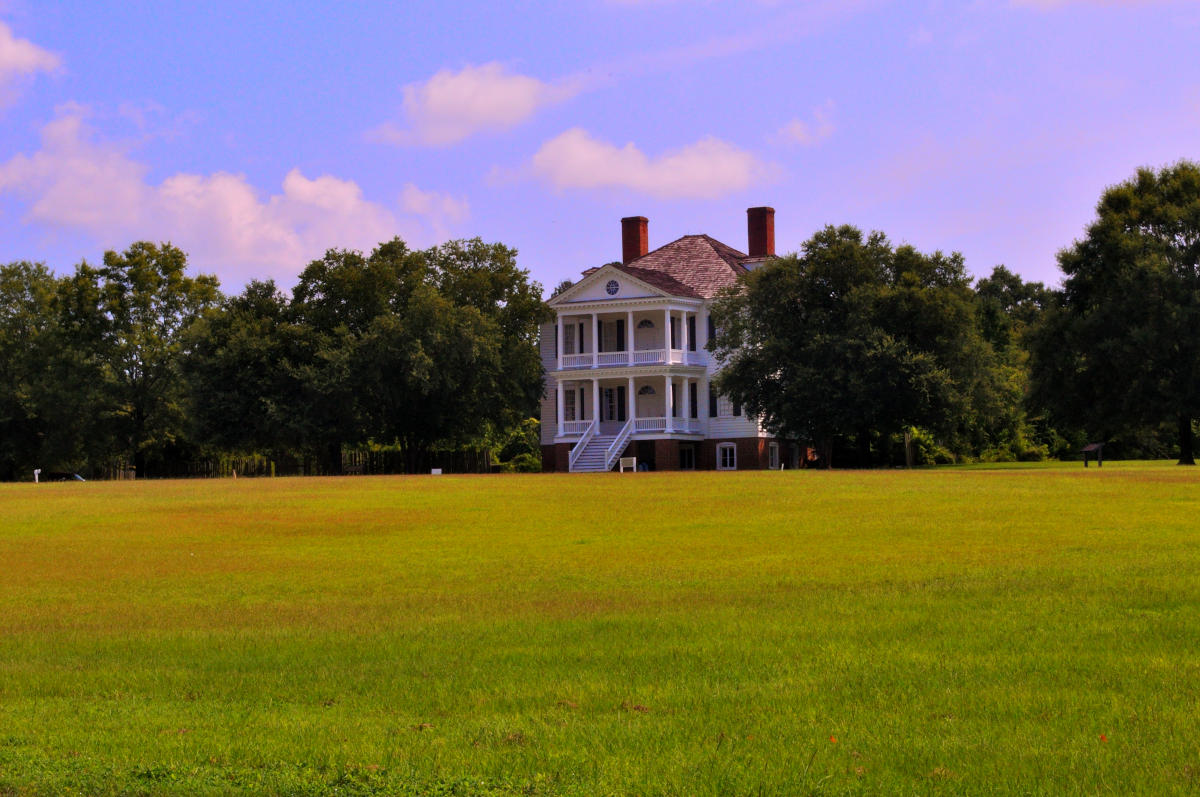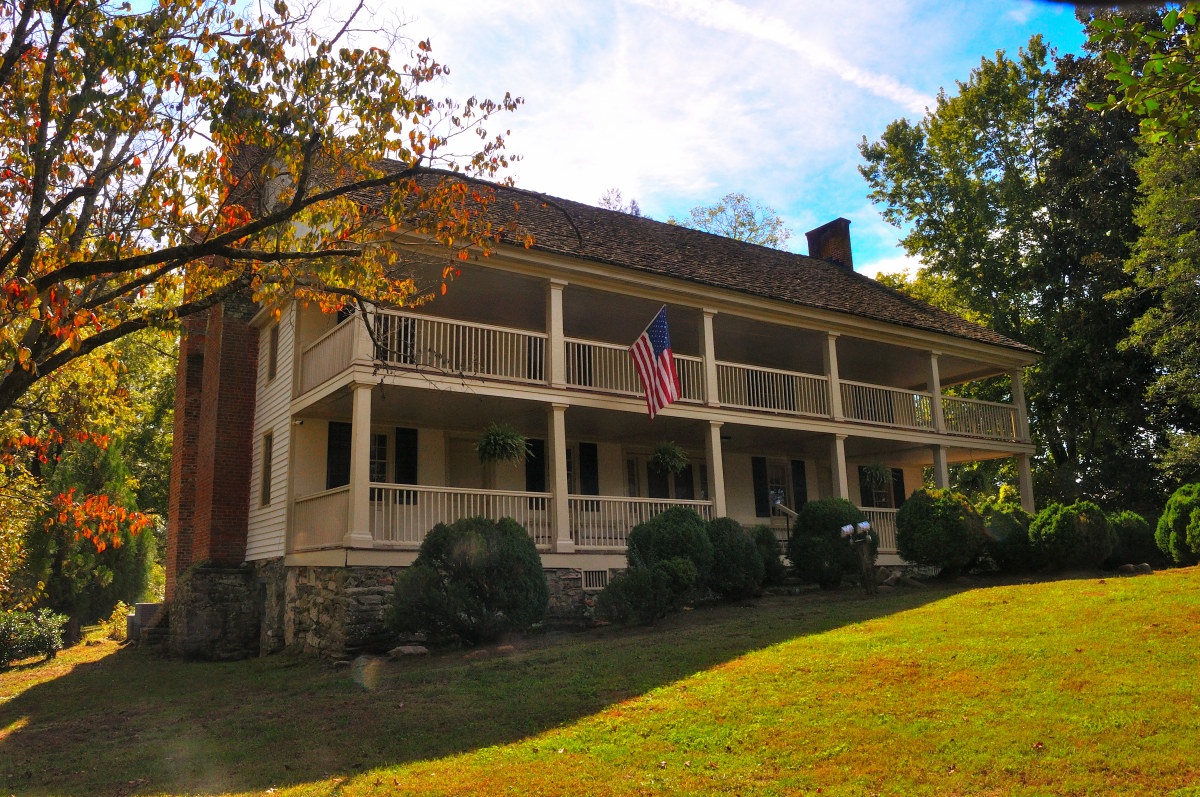Belfast Wildlife Management Area Situated along a busy highway connecting Laurens and Newberry, Belfast Wildlife Management Area stands as a testimonial to how people and nature can both thrive together and how through careful management a natural environment can be created that will last for generations. Best described as a hybrid space, Belfast WMA is… Continue reading Belfast Wildlife Management Area
Tag: Historic Home
Camden Revolutionary War Site SC
Historic Camden Revolutionary War Site After it’s capture in 1780, Camden became one of the most important hubs of the British war effort in the southern states. Because of it’s location along the Wateree River, it was the ideal spot for a supply post directing equipment and soldiers throughout the Carolina back country. Along with… Continue reading Camden Revolutionary War Site SC
Historic Carson House
The Historic Carson House From the time of the first European settlers in the region, the Historic Carson House has stood witness to the events that shaped not only McDowell County but the nation as a whole. Within its walls you’ll find the stories of those who lived here, those who worked the land, and… Continue reading Historic Carson House
Historic Johnson Farm
Historic Johnson Farm For details on our visit check out our Historic Johnson Farm Field Report The Historic Johnson Farm Today The Johnson Farm today consists of 10 historic buildings surrounded by 15 acres. The oldest buildings are the original farm home, smokehouse, and granary all built by Riley Barnett in the 1880’s for Oliver… Continue reading Historic Johnson Farm
Historic Homes in the Carolinas
Historic Homes in the Carolinas The Carolinas are home to some amazing historical homes, many of which are open to the public. Some date back to colonial times. Some are small and some are large and lavish rivaling the finest European estates. For our list, we looked for homes that not only offer a look… Continue reading Historic Homes in the Carolinas
Things to Do Near Sassafras Mountain
Things to Do Near Sassafras Mountain Sassafras Mountain is the best spot in South Carolina to take in the mountain view. It’s the highest point in South Carolina, and the observation tower at Sassafras Mountain offers a 360 degree view – from the Mountains of North and South Carolina all the way to the Piedmont… Continue reading Things to Do Near Sassafras Mountain
Hidden Historic Sites Carolinas
10 Best “Secret” Historic Sites in the Carolinas It’s no secret that the Carolinas are full of history. From Colonization, Revolution, Independence, Expansion, Civil War and Reconstruction the Carolinas have seen it all. Historic sites dot our landscape but some are better known than others. Some are only known to people who live nearby. Some… Continue reading Hidden Historic Sites Carolinas
Rose Hill Plantation
Click Here for everything you need to know to visit Rose Hill Plantation in Union, South Carolina. Not far from Union, South Carolina, you’ll find a place where you can step back in time and learn about South Carolina’s history from secession through the Civil War, slavery and emancipation, and Reconstruction and its aftermath. All… Continue reading Rose Hill Plantation
Connemara Dairy
Flat Rock, NC – Look at the menu of any trendy bistro and you’re sure to see salads or sandwiches that include goat cheese. These days it’s is all the rage, and you’ll even find it in your favorite supermarket. You might even see goat’s milk in the dairy section, but it hasn’t always been… Continue reading Connemara Dairy
Carl Sandburg House
History of the Carl Sandburg House Flat Rock NC – Nicknamed “Little Charleston in the Mountains”, Flat Rock was the summer playground of the rich and influential throughout the 19th Century. Every year in late Spring the population would swell with people fleeing the mosquitoes and heat of the Carolina Coast. It was here that… Continue reading Carl Sandburg House






